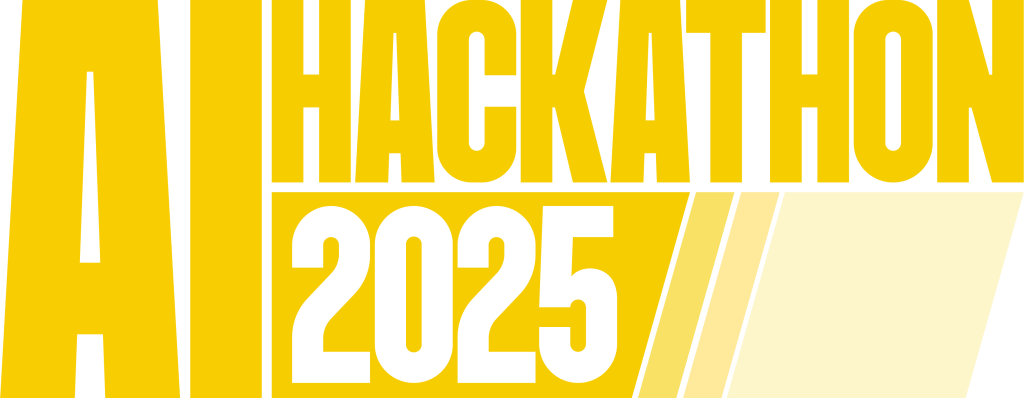Idea to Solution: How to Build an AI Product with No-Code Apps
As part of the AI Hackathon 2025 knowledge-sharing series, participants had the opportunity to learn from leading professionals working at the intersection of technology and innovation. These sessions were designed to bridge the gap between ideas and execution, especially for those eager to build AI-driven solutions without a technical background.
One such session, titled “Idea to Solution: How to Build an AI Product with No-Code Apps,” was led by Arif Nezami, an AI product expert with roots in Bangladesh and current experience in the Canadian tech industry. With over two and a half years of working in AI and data across various Canadian companies, Arif brings a strong cross-cultural perspective. He is the founder of Prerna Lab, which collaborated with brands like Robi, Airtel, and Banglalink to create AI chatbots that successfully automated 98% of customer queries. His first major client was The Daily Star, and since then, he has helped bridge tech innovation between Bangladesh and Canada through a unique blend of AI expertise and startup savvy.
Start with a Real Problem
Kicking off the session, Mr. Arif emphasized the importance of solving real problems rather than chasing shiny, disconnected ideas. “Don’t build a step counter just because it sounds cool,” he said. “Build it because it helps diabetic patients stay active.” This framing set the tone for the session, technology should have a purpose, not just a presence.
To test an idea’s potential, he suggested a simple framework. Visualize a chart with two axes: one for how many people would use the product and the other for how much revenue it could generate. The sweet spot lies in ideas that score high on both axes, widely needed and commercially viable.
Understanding the AI Product Stack
Mr. Arif then broke down the AI ecosystem into layers. At the bottom are companies that make hardware, like NVIDIA and Apple. Above them are platform providers such as AWS and Google Cloud. Then come model builders, like OpenAI and Meta, and further up, those who provide ready-to-use APIs. Most AI startups, including those in hackathons, operate at the top layer, leveraging these existing tools to build usable products. “You don’t need to build your AI from scratch,” he said, “just use what’s already out there.”
Build Without Code
One of the session’s most empowering messages was this: You don’t need to code to build an app. There’s a rich toolkit of no-code and low-code platforms that make development accessible to everyone.
To design your app’s interface, tools like Galileo AI can generate mockups just from text prompts. Want to turn those designs into a real, functioning web app? Use platforms like Bubble.io, which allows full-stack development via drag and drop. Glide lets you turn Google Sheets into mobile apps, while Create.xyz converts text to code instantly.
Even the branding side of app development is no longer intimidating. Tools like Namelix.com help generate creative app names. You can check for available domains in .ai or .tech, then use Canva or Freepik to design professional-looking logos.
Tell a Great Story
For those building products during hackathons, presentations matter. Arif encouraged using tools like SlidesAI and Beautiful.ai to craft visually appealing decks quickly. But beyond the visuals, he stressed the value of storytelling, clearly explaining the problem, how your solution addresses it, and why it matters.
Know the Basics, Even If You Don’t Code
While no-code tools handle most of the heavy lifting, understanding some basic tech concepts helps. Arif offered a simple breakdown. The front end is what users see and interact with. The back-end processes requests and communicates with the database, which stores the data. This understanding helps you communicate better with collaborators and fine-tune your product.
Don’t Reinvent the Wheel, Use APIs
Many apps today are powered by APIs, not custom-built code. For instance, if you need a chatbot, plug into OpenAI’s API. If you want weather data, use a weather API. Platforms like Eden AI bring multiple AI services under one roof, from image generation and summarization to sentiment analysis and background removal.
Mr. Arif pointed out that even well-known apps like Canva and Notion AI don’t build their own AI models. They simply connect to services like GPT or Gemini and layer their own features on top. “Smart people use smart tools,” he reminded the audience.
Focus on the MVP
When it comes to building during a hackathon, keep it simple. Don’t aim to build the entire product at once. Start with a Minimum Viable Product (MVP)—a basic version of your app that shows your idea works. Think through the key screens you’ll need, such as login, dashboard, or settings. Galileo AI even lets you export mockups into Figma for prototyping, or you can simply screenshot your designs and use them in your demo.
If you know a little bit of code, you can tweak the HTML or CSS, or even launch a basic version of your product live. But even without that, a strong prototype and clear explanation can make a big impression.
Build, Learn, Repeat
Mr. Arif wrapped up the session with encouragement for everyone. Whether you’re a coder or not, you have what it takes to participate meaningfully in AI product development. The tools are out there. The resources are accessible. All that’s left is to get started.
“Even an hour playing with a new platform can teach you a lot,” he said. “Don’t wait until you know everything. Build something small, test it, learn from it, and grow.”
It was a session full of practical advice, creative inspiration, and a strong message: You don’t have to code to build something impactful. With the right tools and mindset, anyone can bring their AI product ideas to life.

